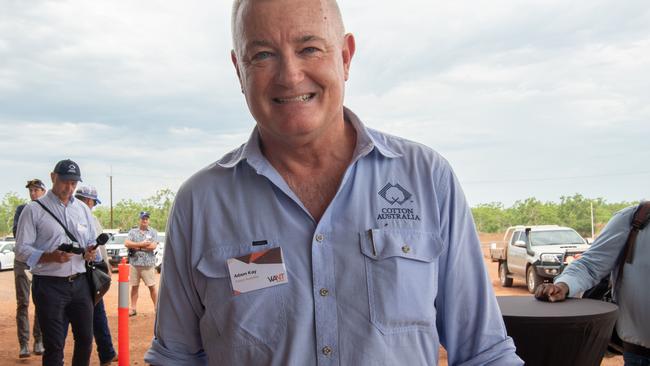Regenerative fashion on-trend for Australian fibres
Shoppers are increasingly chasing clothing made with “regenerative” fibres, despite there being no national definition for the practice.
Demand for regeneratively-produced wool is outstripping supply in Australia, despite the lack of a governing body or national definition for the agricultural practice.
It comes as a prominent fashion brand launches a line of clothing promoting its ‘regenerative’ fibre products.
COS, part of the international fashion brand H&M Group, has advertised a line of clothing using ‘regenerative’ fibres from Nativa Precious Fibre, founded by French company Chargeurs Luxury Materials.
The company states the Nativa Protocol certifies “every step of the supply chain” and focuses on animal welfare, land management, and corporate social responsibility.

The ICEA, based in Italy, is the third-party certification body for Nativa products.
Australian Wool Innovation global sustainability manager Emma Gittoes Bunting said while there was no “clear definition” for regenerative wool, consumers have an appetite for wool produced with regenerative agricultural practices, with “demand outstripping supply”.
“There is also a lack of consistency in measuring regenerative at farm scale, constraining woolgrowers’ ability to supply and driving up the cost and complexity of measurement,” Ms Gittoes Bunting said.
“Increasingly certification and claims will be expected to meet International Frameworks for account for carbon and nature, and market requirements such as EU greenwashing regulations.”
Ms Gittoes Bunting said AWI was prioritising “clearly defining regenerative, nature positive farming” for both woolgrowers and brands, while also developing metrics to measure trends in environmental performance on wool farms “that truly reflect the complex and variable environments”.
The Australian Competition and Consumer Commission monitors greenwashing claims, with an ACCC spokesperon stating greenwashing is “a priority” in the coming year.
“Businesses making environmental or sustainability claims such as by labelling its product as ‘regenerative agricultural’, must be able to substantiate this claim,” the spokesperson said.

Cotton Australia chief executive Adam Kay said interest was growing in regenerative practices across agriculture, with a number of brands using sustainable Australian cotton, such as iconic brand Country Road.
Country Road has stated its intention to source 100 per cent of cotton as ‘responsible cotton’ by next year, including sourcing fibre from Better Cotton, a global sustainable cotton initiative.
Mr Kay said a brand aligning with a verified sustainability initiative was part of doing “due diligence” as a business.
“If you’re making claims, you’ve got to back it up,” Mr Kay said.
“And they’re trying to protect their brand. You don’t want to get caught with cotton hand-picked by children, or with pesticides.”





